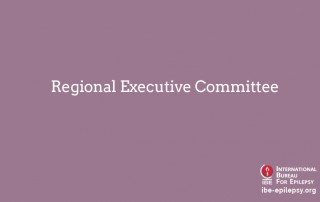Regional Executive Committee South East Asia (2013-2017)
Chair: Parthasarthy Satishchandra, India Vice Chair: Muzharul Mannan, Bangladesh Secretary: Kabindra Man Pradhan, Nepal Ex-Officio: Dr Man Mohan Mehnidiratta, India (VP South East Asia) The Regional Executive Committee for the South East Asia Region consists of the Chair, Vice Chair and Secretary, all of whom have been elected by the Full Members in the South East Asia Region. In addition, the Vice President South East Asia on the International Executive Committee is an ex-officio voting member of the Regional Executive Committee and acts as a liaison point between the International and Regional Committees. IBE President, Secretary General and Treasurer are also ex-officio non-voting members of this committee. The purpose of the Regional Executive Committee is to facilitate joint activities in the region and to arrange regular meetings of the Regional Committee. Full details of the objectives and responsibilities of this committee can be found in the Terms of Reference of the Regional Committee South East Asia.

